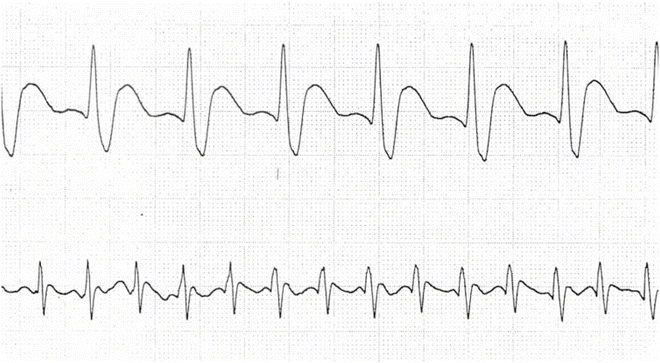

“If other forms of sick sinus syndrome that involve mutations to different proteins in the heart are affected by nerve activity in the same way, this may identify a common target to reduce or eliminate risk of dangerous arrhythmia”.Primary Arrhythmogenic Cardiomyopathies. Professor Jules Hancox from the University of Bristol, who collaborated on the study, said: “The insights into sick sinus syndrome from this study are potentially of great importance. We are now in a position to test other forms of sick sinus syndrome so we can hopefully identify common features that can lead us to more effective treatments” “Our laboratory experiments have been building up computer models to analyse the heart for the past 13 years. “The computer models we have made have created the effects of the chemicals on the heart and we then tested this experimentally with results that supported the computer predictions. This could be via drugs or pacemaker devices. “We may have to reduce the influence of a certain form of nerve activity on the hearts of sick sinus patients. Our findings may be an important step towards ways of preventing this. Professor Zhang said: “Previously, we did not know why some people with sick sinus syndrome would die suddenly, but now we do know why risk can increase at night during sleep. These effects are associated with gene mutations which can be detected by tests. Their research, carried out with scientists from The University of Bristol, found that there is a chemical present in the nervous system which, in healthy individuals, acts to slow the heart rate.īut in sick sinus syndrome patients, it may entirely prevent electrical activity spreading across the heart, thereby compromising cardiac function leading to heart arrest. Using experimental measurements from the sinoatrial node together with detailed computer models, Professor Zhang, from the University’s School of Physics and Astronomy, has been able to simulate the electrical activity in cardiac tissue.

The research has been made possible by developing models of cardiac electrical activity over 13 years and has now been published in the leading journal Circulation Research. It is estimated that about 30% of sudden cardiac deaths occur at nighttime. Problems can occur for people of any age who possess this genetic abnormality.Įvery year, hundreds of thousands of people around the world die from sudden cardiac death – many of them young and fit. The form of sick sinus syndrome investigated is not connected with structural heart disease, but with genetic mutations that alter a protein called SCN5A that is involved in generation of electrical activity in the heart. This often happens during the night as heart rate slows dramatically at night times.

Sudden cardiac death occurs after an abrupt loss of consciousness within one hour of the onset of acute symptoms. It could then be possible to control the risk by using drugs or a pacemaker. This research means it would be possible to identify those most at risk of suffering sudden cardiac death, which can affect people of any age but particularly the healthy elderly and well-trained athletes. Up to now, no-one has been able to work out why this happens.īut groundbreaking research by Professor Henggui Zhang at The University of Manchester shows how gene mutation and activity of the nervous system can combine to seriously disrupt the heart’s normal rhythm. This occurs when the activity of the heart’s pacemaker, the sinoatrial node, is impaired. The pioneering research, using detailed computer models, could help save lives through preventative treatment of those most at risk from a form of heart rhythm disorder called sick sinus syndrome. Scientists at The University of Manchester have solved a mystery connected with why people die from sudden cardiac arrest during sleep – potentially saving thousands of lives.


 0 kommentar(er)
0 kommentar(er)
